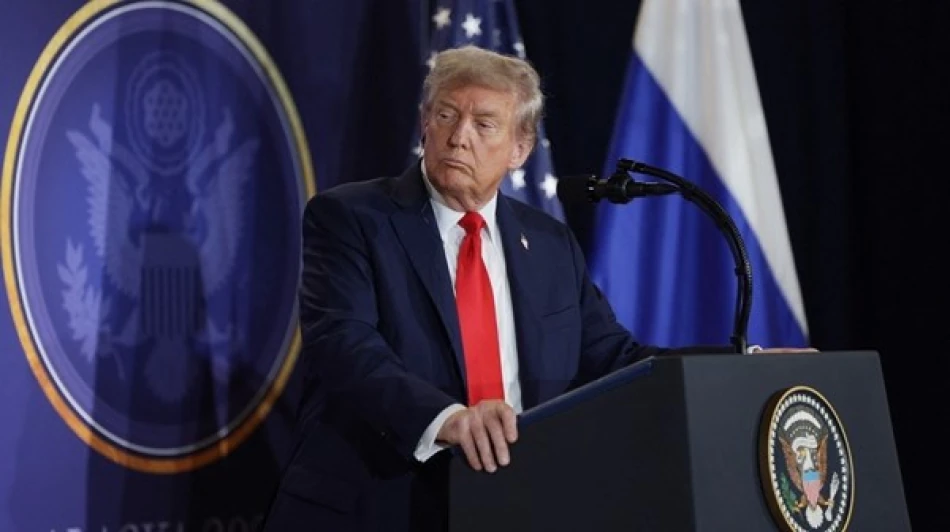
Trump Expands Tariffs to Include Baby Gear, Raising Prices for Parents
Trump Blindsides Trade Sector with Sweeping Steel and Aluminum Tariff Expansion
President Donald Trump has dramatically escalated his trade war tactics by expanding steel and aluminum tariffs to cover more than 400 manufactured goods, including motorcycles, children's equipment, and kitchenware. The surprise announcement, implemented within just three days and over a weekend, has left importers scrambling and highlighted the administration's willingness to weaponize trade policy with minimal warning to affected industries.
Lightning-Fast Implementation Catches Industry Off Guard
The new tariff regime took effect with unprecedented speed, giving businesses virtually no time to adjust their supply chains or pricing strategies. The U.S. Customs and Border Protection agency released the expanded tariff list as many trade professionals were beginning their weekend, with the official publication appearing in the Federal Register only on Tuesday.
This rushed timeline represents a stark departure from traditional trade policy implementation, where industries typically receive months of advance notice to prepare for regulatory changes. The accelerated schedule suggests the Trump administration is prioritizing political messaging over industry stability.
Confusion Over Implementation Details
Official guidance has been notably unclear, particularly regarding goods already in transit to the United States. Trade professionals are grappling with uncertainty about whether the new metal-based tariffs will be layered on top of existing country-specific duties, potentially creating double or triple taxation scenarios for some products.
Broad Economic Impact Across Multiple Sectors
The expanded tariff list reveals the far-reaching scope of Trump's trade authority, encompassing automotive parts, chemicals, plastics, and furniture components. This breadth demonstrates how steel and aluminum—fundamental industrial inputs—touch virtually every sector of the modern economy.
For manufacturers, the new tariffs create immediate cost pressures that will likely be passed through to consumers. Companies that have spent years optimizing global supply chains now face the prospect of rapid restructuring or accepting compressed profit margins.
Historical Context and Precedent
The steel and aluminum tariffs, originally imposed under Section 232 national security provisions, have now evolved into one of the most comprehensive trade barriers in decades. This expansion echoes the protectionist policies of the 1930s, when the Smoot-Hawley Tariff Act similarly broadened trade restrictions across numerous product categories.
Market and Investor Implications
The sudden policy shift signals that Trump's trade approach prioritizes unpredictability as a negotiating tactic, creating ongoing uncertainty for investors and multinational corporations. Companies with significant import exposure may face immediate earnings pressures, while domestic producers in affected sectors could benefit from reduced foreign competition.
Currency markets are likely to reflect this escalation, with the dollar potentially strengthening against trading partner currencies as import demand shifts. However, the broader economic impact could prove deflationary if higher input costs force companies to reduce production or employment.
The weekend timing and rapid implementation suggest this expansion may be more about political symbolism than economic strategy, raising questions about whether such aggressive trade tactics can achieve their intended diplomatic objectives without inflicting significant collateral damage on American businesses and consumers.
 Layla Al Mansoori
Layla Al Mansoori







